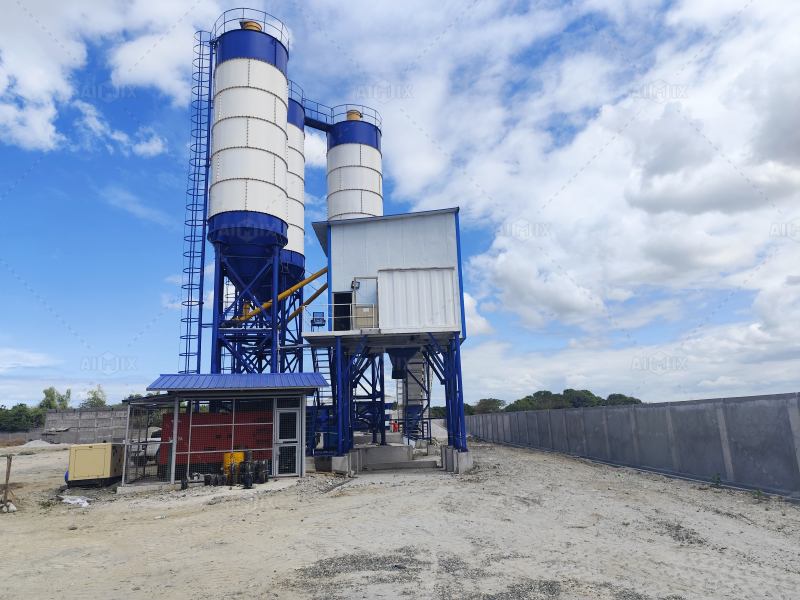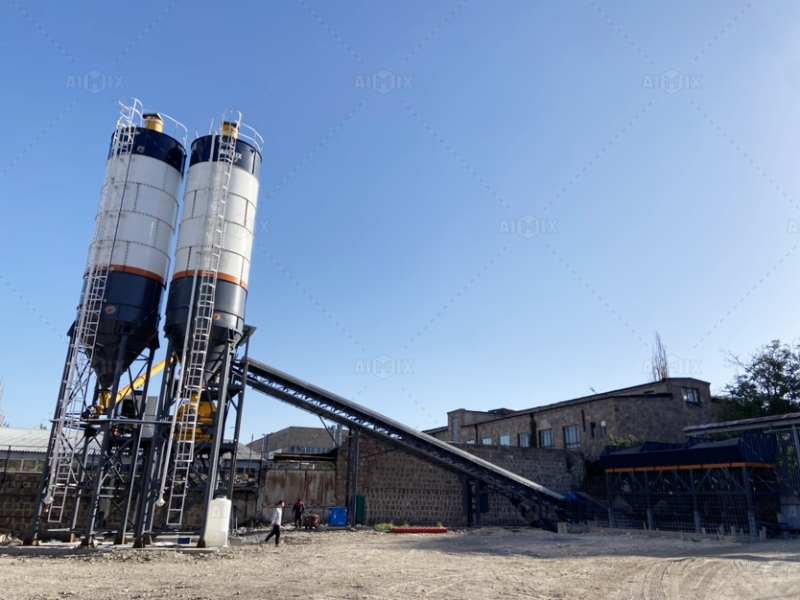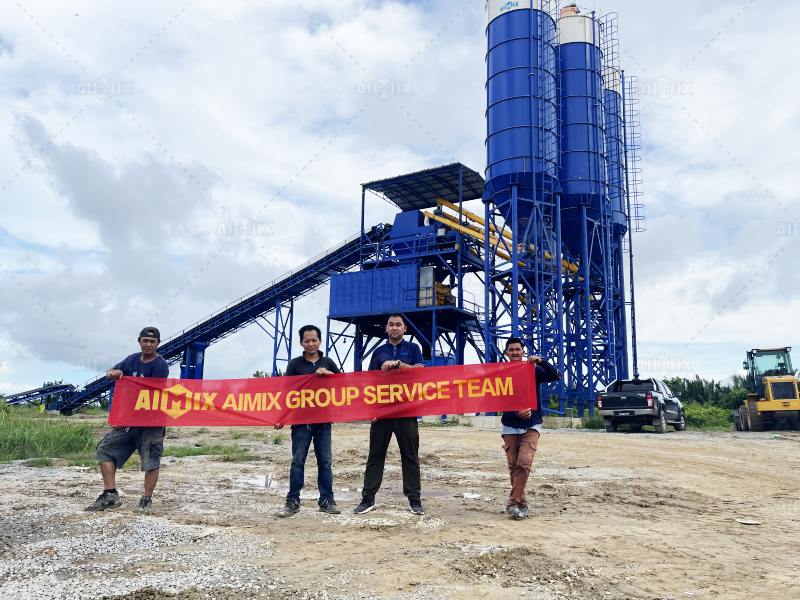Batching plants play a crucial role in modern construction, providing consistent, high-quality concrete for various infrastructure and commercial projects. Among the many variations, mobile concrete batching plants, stationary batching plants, and ready mix concrete plants are the most widely used types. A key factor that distinguishes these types is how they handle storage and mixing systems—two essential components that directly affect efficiency, quality, and cost. This article explores how different types of batching plant compare in terms of their material storage setups and mixing mechanisms.

Understanding the Role of Storage and Mixing in Batching Plants
Before diving into comparisons, it’s important to understand what storage and mixing systems entail.
-
Storage systems refer to the equipment used to hold raw materials such as cement, sand, aggregates, and water. These systems must ensure accurate batching, avoid material contamination, and support continuous production.
-
Mixing systems are responsible for combining the materials to form concrete. The speed, type, and quality of the mixing process determine the final concrete quality and its suitability for specific applications.
Stationary Batching Plants: High-Capacity Storage and Precision Mixing
Stationary batching plants are large-scale units typically installed at a fixed location, often near construction zones or concrete production hubs. They are ideal for long-term, high-volume projects.
Storage System:
-
Stationary plants are equipped with multiple aggregate bins, usually in linear or star configurations, to hold various sizes of coarse and fine aggregates.
-
Cement silos are available in large capacities (often 100 tons or more), allowing for bulk delivery and storage.
-
Water and additive tanks are integrated and well-regulated through electronic weighing systems.
Mixing System:
-
Most stationary batching plants feature a twin-shaft concrete mixer, known for its high mixing speed and uniform blending.
-
The mixer is often housed in a mixing tower, which reduces dust and improves material flow through gravity.
-
Automated systems manage the feed timing, batch size, and cycle times to ensure consistency.
Best Use Case:
Stationary batching plants are ideal for infrastructure projects, precast concrete manufacturing, and commercial-scale concrete production.

Mobile Concrete Batching Plants: Flexible Storage and On-Site Mixing
The mobile concrete batching plant is designed for ease of transport, fast installation, and adaptability to various job sites. These plants are perfect for temporary construction projects or remote locations.
Storage System:
-
Mobile plants feature compact aggregate hoppers, typically fewer in number and smaller in volume compared to stationary plants.
-
Cement is usually stored in a horizontal silo or a detachable vertical silo, which simplifies transportation.
-
Water tanks and additive containers are integrated into the mobile frame for easy mobility.
Mixing System:
-
Mobile plants often use a pan mixer or a smaller-capacity twin-shaft mixer, which balances mobility with mixing quality.
-
While they may not offer the same speed or volume as stationary plants, the output is adequate for small-to-medium scale jobs.
-
The entire system, including weighing and control panels, is compactly mounted on a trailer or skid base.
Best Use Case:
Mobile batching plants are suited for road construction, rural building projects, and any scenario where frequent relocation is needed.
Ready Mix Concrete Plants: Centralized Mixing and Bulk Delivery
A ready mix concrete plant is a specialized batching plant designed to produce concrete centrally and deliver it to job sites via transit mixers. It is similar in configuration to a stationary plant but with additional logistics integration.
Storage System:
-
Ready mix plants usually have large storage capacities to meet the demands of commercial clients and multiple project sites.
-
They are equipped with extensive aggregate bins, cement silos, and moisture sensors to ensure mix consistency.
-
Automated refilling systems minimize downtime between batches.
Mixing System:
-
These plants use central mixers or dry batching methods depending on the client’s requirements. In wet batching, the mixer ensures homogeneity before concrete is loaded into the transit truck.
-
Dry mix plants load raw materials directly into the truck, where mixing occurs en route. While faster, this method requires high-quality control to avoid inconsistency.
Best Use Case:
Ready mix concrete plants are ideal for urban development, high-rise buildings, and supply to multiple contractors from a central location.

Key Differences in Storage and Mixing Across Types
| Feature | Stationary Batching Plant | Mobile Concrete Batching Plant | Ready Mix Concrete Plant |
|---|---|---|---|
| Aggregate Storage | Large bins, multiple sizes | Compact hoppers | Large bins, centralized |
| Cement Storage | Vertical silos (high volume) | Horizontal/portable silos | Vertical silos (centralized) |
| Mixing System | Twin-shaft, high capacity | Pan or compact twin-shaft | Central or dry mixing |
| Production Volume | High | Medium | Very high |
| Portability | Fixed location | High | Limited |
Choosing the Right Type Based on Storage and Mixing Needs
When selecting a batching plant, it’s crucial to consider the scale and scope of your project:
-
For high-volume, continuous production, choose a stationary batching plant with robust storage and mixing systems.
-
For flexible, on-site production with faster setup, a mobile concrete batching plant is more appropriate.
-
If you want to supply concrete to multiple job sites, opt for a ready mix concrete plant that centralizes mixing and ensures consistent delivery.
Conclusion
Storage and mixing systems are at the heart of a batching plant’s performance. Whether you’re investing in a stationary batching plant, setting up a mobile concrete batching plant for a remote job, or running a ready mix concrete plant to serve multiple contractors, understanding these core components helps ensure reliable concrete quality and operational efficiency. By comparing their design, capacity, and application flexibility, project managers can make better decisions tailored to their unique construction goals.